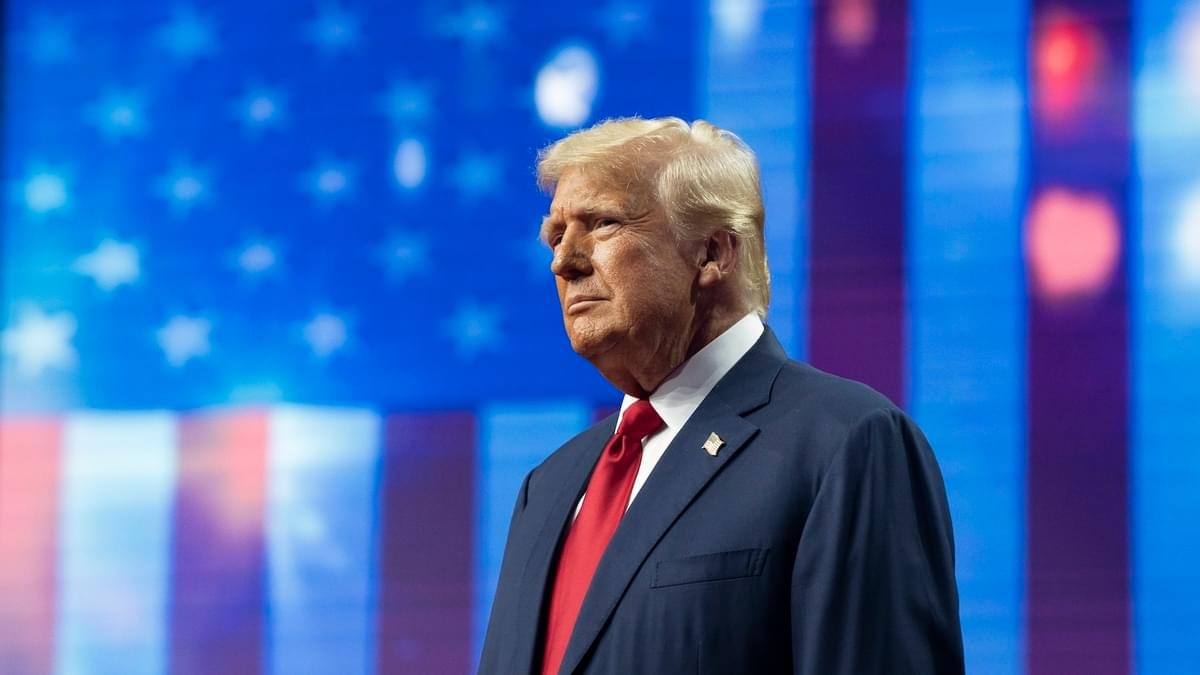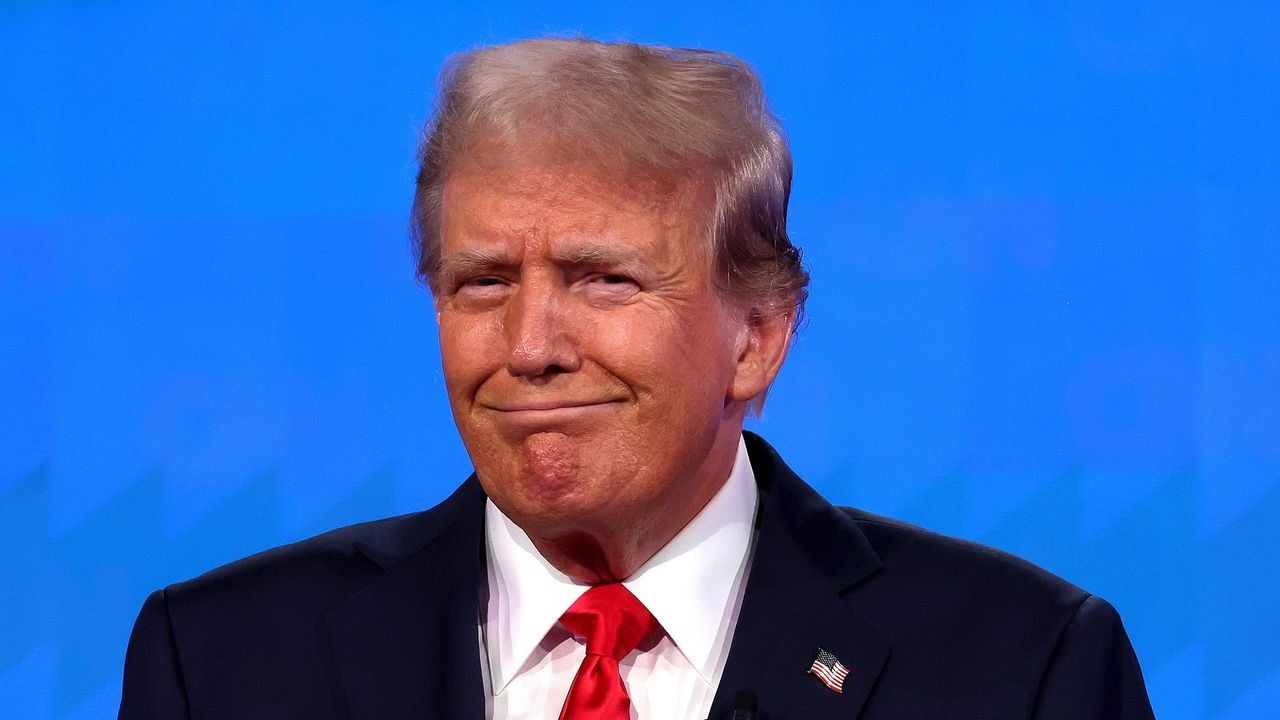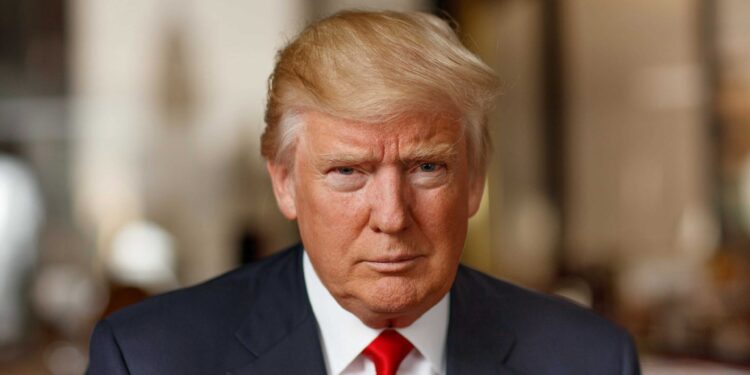Leaders in Iran currently face mounting pressure at home while trying to show strength as a new year begins. The nation has launched its largest military drills in decades, deploying thousands of drones and ballistic missiles. They simulated an attack on a nuclear site involving multiple aerial threats, as shown on state television.
Iran’s elite Revolutionary Guard spokesman, General Ali Mohammad Naeini, explained that these exercises responded to new security tensions. He stressed that missile production never paused and defence systems are fully upgraded.

Even so, these public declarations cannot hide the anxiety felt by many Iranians. President‑elect Donald Trump has promised a tougher strategy, including harsher sanctions. Meanwhile, reports suggest Israel may be preparing a military strike on Iran’s nuclear infrastructure.
Iran has spent months on the back foot, under attack in Syria and Lebanon. Economic pressure continues as new U.S. sanctions target Iranian oil exported to China.
During the drills, commanders highlighted what they called upgraded air defence systems—more than two months after an Israeli assault reportedly damaged key elements of their aerial shield, according to satellite analysis. Naeini dismissed these reports, saying enemy forces are trying to portray Iran as weak.
Analysts argue that the weapons displayed were older or had already been used in failed operations. Iran’s approach over the past year has revealed fewer surprises and shown that its arsenal may lack feared power.
Economic hardship has also worsened. Iran’s currency declined by 65 percent last year. Rolling power outages shut down schools and businesses. High unemployment persisted.
Tehran’s main bazaar merchants staged a rare strike in protest over surging inflation. They warned that the rising dollar rate made their businesses to sustain.
The military exercises appear to serve a domestic purpose as well. The paramilitary Basij also held public drills in Tehran. Their commander, Brigadier General Hasan Hassanzadeh, declared readiness to confront internal threats and reaffirmed their role in supporting the nation.

Iran’s regional allies now brace for renewed U.S. pressure. Iraq has already reduced the activity of Iranian‑linked militias on its soil, balancing relations between Tehran and Washington. Iraqi Prime Minister Mohammed Shia al‑Sudani met with Tehran leaders to discuss limiting the operations of those forces.
As Iran’s influence diminishes in Lebanon and Syria, Baghdad analysts expect Iran will accept a reduced role. A senior Iraqi official called the current pause from Iranian‑backed groups temporary, warning that future escalation remains possible if U.S. troops remain in Iraq.
Middle East tensions remain high. Israel restarted large‑scale bombings of Gaza in March 2025 after a ceasefire collapsed. That conflict followed a deadly attack by Hamas in October 2023, which killed over 1,200 people.
Ceasefires between Israel and Hezbollah faltered by late 2024, causing heavy casualties, including the death of Hezbollah’s leader Hassan Nasrallah. Gaza remains in dire conditions, described as famine‑like, with tens of thousands killed and millions displaced.
U.S. support for Israel continues through arms, funding, and diplomatic cover at the United Nations, despite ongoing tensions with other world leaders, including President Biden.






















